Families come in all shapes and sizes. And new additions
to a family can be an exciting but unsure time.

Pregnancy Journey Guide
AHN Women supports your family
We help moms, babies and their support systems with information on staying healthy and happy. Caring for you in every trimester, including the fourth, is #LivingProof.
Know what happens to you and your baby
-
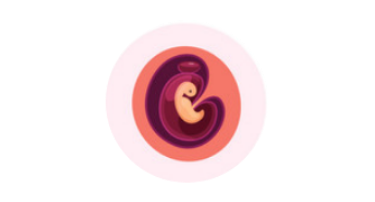 Month 1
Month 1
Mom: Mood changes; may feel anxious or worried.
Baby: Nerve cells are forming through the embryo.
Tip: Eliminate or minimize caffeine consumption. Experts say between 150 to 300 mg should be the daily maximum.
-
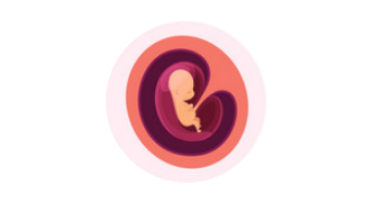 Month 2
Month 2
Mom: Increased blood volume.
Baby: Heart beats with regular rhythm.
Tip: 30 minutes of moderate intensity activity each day is sufficient. Break it up into smaller increments, if necessary (e.g., 10 minutes, three times a day).
-
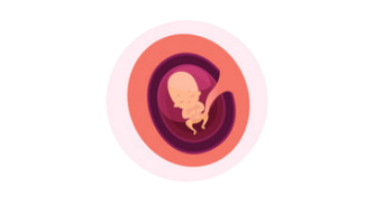 Month 3
Month 3
Mom: Hair and nails should grow nicely.
Baby: Fetus may start growing hair.
Tip: Avoid nail polish and hair dyes that may contain harmful chemicals such as toluene, formaldehyde, and quaternium-15.
-
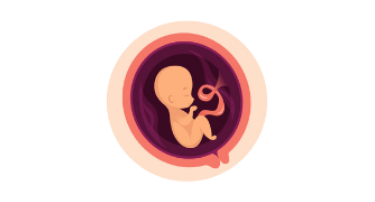 Month 4
Month 4
Mom: Nausea is resolving and appetite will increase.
Baby: Placenta is fully formed.
-
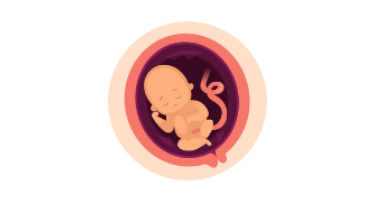 Month 5
Month 5
Mom: Heart beats faster.
Baby: Active and turns.
Tip: Try prenatal yoga that can include asana (physical postures), pranayama (breath work), meditation, and relaxation. Or, try meditation and relaxation on your own. Always check with your doctor before doing a new activity.
-
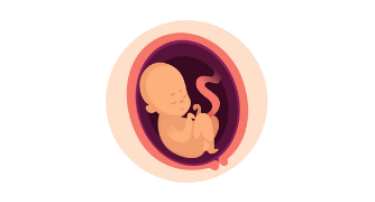 Month 6
Month 6
Mom: May feel anxious and excited at the same time.
Baby: Eyes will soon open and fingerprints are forming.
Tip: Get your family ready and prepared for your new addition.
-
 Month 7
Month 7
Mom: May have trouble sleeping due to baby’s movements.
Baby: Kicks, stretches, and responds to sound, baby may begin to recognize mom and partner’s voices.
Tip: Consider planning for “ Rooming In ”.
-
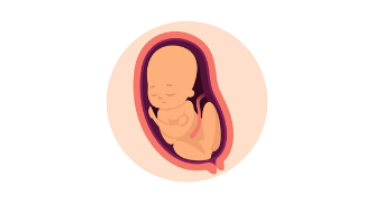 Month 8
Month 8
Mom: Immunity transfers to baby to protect them at birth.
Baby: Skull remains soft and flexible for the birth.
Tip: Make your house safe and sanitary for when the baby comes home.
-
 Month 9
Month 9
Mom: Cervix starts to open and dilate, preparing for birth.
Baby: Vernix, a greasy, white material, coats the baby’s skin to prepare for delivery.
-
 Month 10
Month 10
Mom: Breasts feel enlarged as milk comes in.
Baby: Infant hunger cues include: awakening, soft sounds, mouthing (clicks, sticking out tongue), hand-to-mouth activity, and increased crying.
Tip: Snack when your baby snacks. Include nutrients especially important to this trimester: protein, calcium, and iron.
-
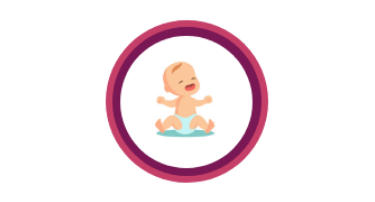 Month 11
Month 11
Mom: This is the time for your OB/GYN check in to: evaluate you for postpartum, give a physical, discuss contraceptive options, and talk about breastfeeding.
Baby: Even small changes in eating, sleeping and/or crying can be signs of issues in newborns.
Tip: Know the symptoms of illness or complications with your newborn.
-
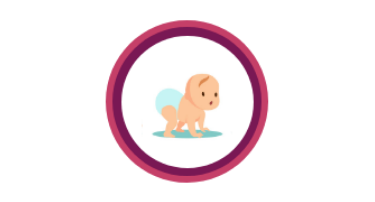 Month 12
Month 12
Mom: Sleep may be sparse, but it’s important.
Baby: Pacifiers can reduce the risk of Sudden Infant Death Symptom (SIDS).
Tip: Sleep when your baby sleeps and know about the importance of sleep.
Know what happens to you and your baby
1st Trimester
2nd Trimester
3rd Trimester
4th Trimester

Alexis Joy D’Achille Center for Perinatal Mental Health
The Alexis Joy D’Achille Center for Perinatal Mental Health offers a mother-baby intensive outpatient program for women during or after pregnancy. We have the best-in-class screening tools to check for perinatal mood disorders.
For Anyone Expecting a Little One
The OB-Gyn team at AHN provides the high-level, compassionate care you need. We help families get the best possible start on a lifelong, rewarding journey together.
-

AHN Trimester Book
Want to learn more about pregnancy? Read the book to enhance your understanding of the 1st through 4th trimesters.
-

Postpartum Depression
Postpartum depression is more persistent and lasts longer than the baby blues. It’s also more common than people think.
-

AHN 4th Trimester Book
Want to learn more about what to expect during the 4th trimester? Download the book.
-



AHN Nurse Line
When you have health questions, talk with a nurse — free of charge.
(412) NURSE-4-U (412) 687-7348 -

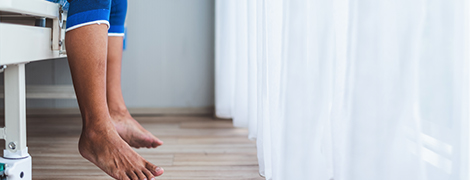

Make an appointment
Call weekdays from 7:00 AM to 5:00 PM (closed weekends and holidays).
(412) DOCTORS (412) 362-8677
Pregnancy and childbirth classes at AHN
Babies don’t come with instruction manuals, which is why we offer a variety of classes for new parents. Our experts cover topics ranging from childbirth and breast-feeding to newborn basics like diapering and swaddling.

